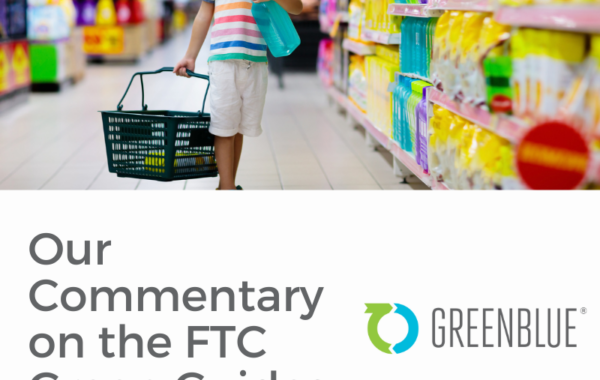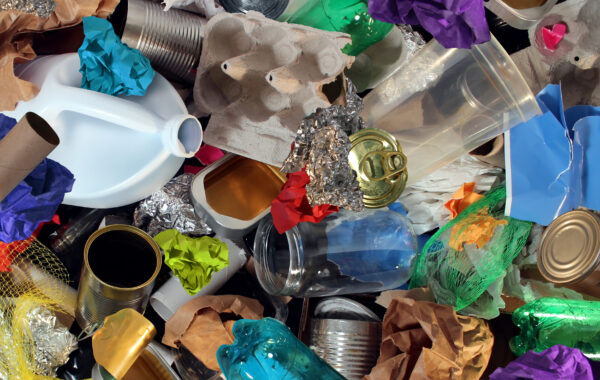October 31, 2017
Luxury. The word in of itself is hard to define. What you might consider to be luxury might differ for someone else. But we all know a luxury item when we see it. When we imagine a typical luxury product that is sold in stores, some packaging features come to mind like ornate bows, metallic foils, and glitter coatings. This is because high-quality items are usually packaged using multiple types of materials, to help distinguish them from competitors and common products. The combination of many different materials in luxury product packaging make them difficult to recycle. However, consumer trends show increased demand for sustainable products; companies are investing heavily in creative manufacturing processes to convert their packaging to more sustainable materials. Sustainable packaging is the new symbol of luxury, and a corporation’s reputation for social responsibility is more valuable than a gold leaf foil.
At SPC Advance 2017, a panel of well-known packaging design firms: YFYJupiter, Caraustar Industries, and Design and Source Productions, discussed the future of luxury product packaging and provided insights on how companies can design sustainable packages in the luxury paper-based packaging industry.
According to Laura Tufariello of Design and Source Productions, 48% of millennials in the U.S. base their purchasing decisions on how ethical and sustainable a product and company are. These consumer trends are driving luxury brands to rethink their products. In order to stay competitive, they have begun to consider the sustainability of their packaging.
At YFYJupiter, Eric Abraham and his team have developed a unique packaging design process by asking themselves the following questions:
- Why do we need it?
- Should we use it?
- What is the package’s end-of-life story?
- What will the consumer do with the package?
- Is it easily recycled?
- Does the package have a next life?
These insightful questions are critical for a brand to consider when designing a sustainable package. Through this process, a brand can then identify unnecessary components, and eliminate them from the package. After deciding what type of packaging to create, the team sources the most sustainable materials, prioritizing recyclability, and/or designing a second life for the package. Additionally, Steve Mahler of Caraustar Industries pointed out that as brands try and create the “ah ha” moment for their customers, the moment when someone opens a package, simplicity is key to enhancing the customer experience. Mahler also stressed the importance of designing a package to have multi-use. Features that allow a package to be reclosed not only allow a perishable product to stay fresh, but it also allows the package to serve a second life in transporting the product or as a container for another product. These design decisions improve the consumer’s experience and increases brand loyalty. When a consumer reuses the product’s packaging, the brand increases its visibility. Similarly, if the package is easy to open and dispose of, the consumer will associate their positive, frustration-free experience with the brand. All these different considerations compound to create a lasting impact on a consumer, fostering a deeper relationship with the brand.
As consumer trends are moving toward sustainability, companies need to design with this trend in mind. As advised by the panelists at SPC Advance 2017, companies should try reinventing their design process and asking their teams, “Why do we need it?” Simplicity can be the best strategy. As Leonardo da Vinci stated, “Simplicity is the ultimate sophistication.” The panelists overwhelmingly agreed that sustainability is luxury.





